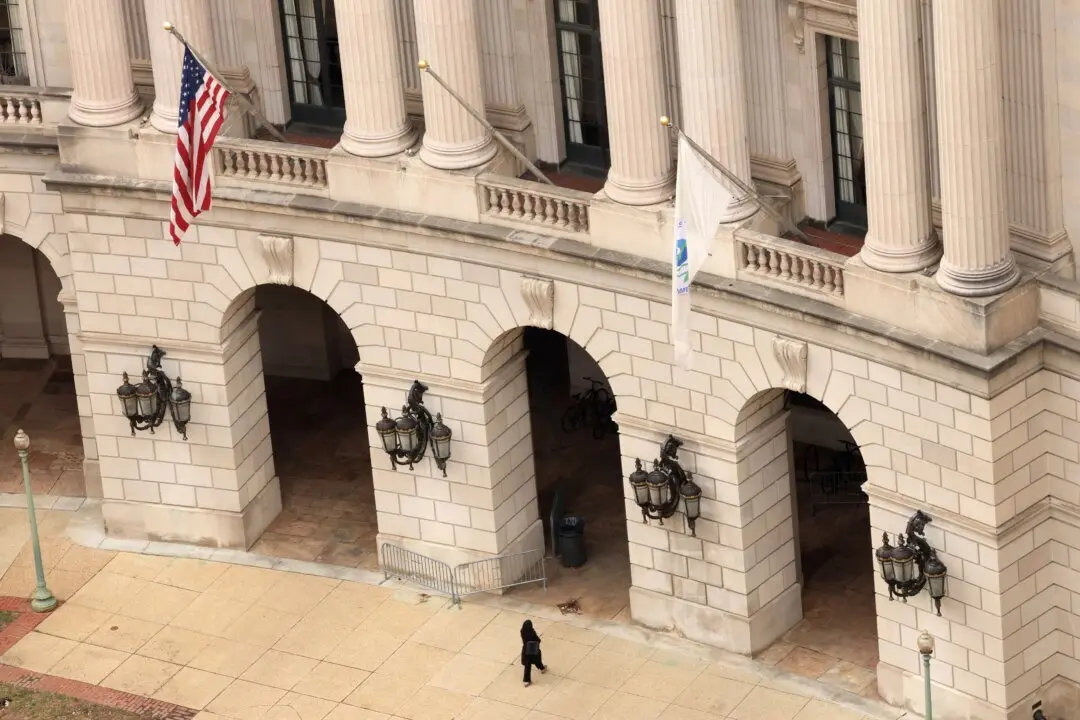MOJAVE NATIONAL PRESERVE, California—The largest wildfire in California so far this year has burned precious Joshua trees, a prominent cultural symbol once vital for indigenous people to weave into baskets and sandals and still an important part of the Mojave Desert ecosystem.
The York Fire has burned around 94,000 acres near the California-Nevada border and was 34 percent contained as of Thursday, Calfire said.





